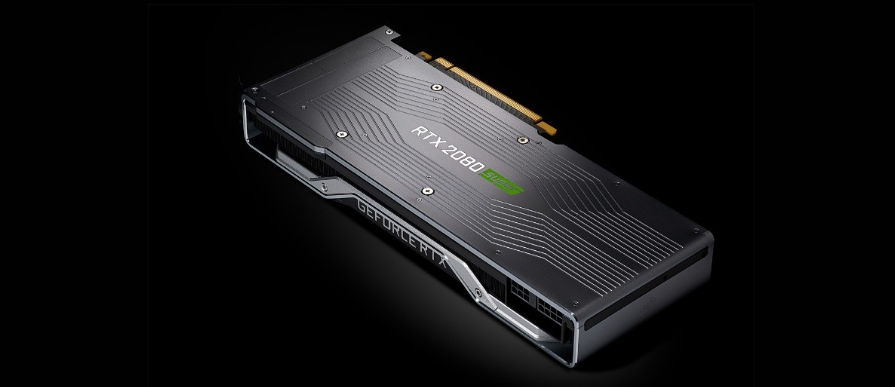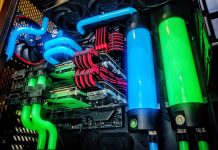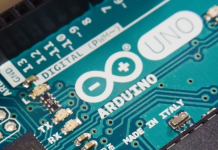
We are going to explain what a graphics card is and how it works, one of the components on which the ability of your computer or laptop to run next-generation games or high-resolution image processors will most directly depend. But it is one thing to know that you may need a good graph, and another to know how it works.
We have recently talked to you in-depth and from a technical point of view about what graphics cards are like in this article. However, what we are going to do now in Xataka Basics is try to summarize and translate it so that people without so much technical knowledge can also understand it.
What is the graphics card?
A component graphics or video card that comes built into the PC’s motherboard or is installed separately to expand its capabilities. Specifically, this card is dedicated to the processing of data related to the video and images that are being played on the computer.
All the images you see on your computer monitor, from the graphics in a video game to what you type in Word, require processing by the computer. Graphics cards obtain this data that the computer processor sends and transform it into visual information, which means that it takes data that is ones and zeros and converts it into images.
There are two types of graphics cards, the integrated ones that are attached to the processor itself as a part of it, and the dedicated ones that you can connect to the part of the computer as if they were an external unit on which the CPU can be supported for especially demanding tasks. In both cases, the graph will connect directly to the monitor to send the data.
One of the things that make graphics cards more important is because of how demanding visual data processing in video games and video or photo editing can be. In these cases, especially in high-resolution video editing and next-generation gaming, it is usually time to resort to an external graphics card that is as powerful as possible.
And because? Well, because the graphics cards that are integrated into the processors are designed for the most common computer tasks, such as Internet browsing or the simplest image processing. For heavier tasks, the processor will need graphic power, and to offer it and not overload it, the processing is transferred to external cards, if any.
What’s inside a graph and how it works
The heart of the graphics card is the GPU, or Graphics Processing Unit, a highly complex circuit that integrates several billion tiny transistors and multiple cores that have independent processing power. The power will depend on the number and capacity of these cores, an aspect that is important due to the great computational effort required to generate the graphics you see on your computer.
Just as the central processors of computers, CPUs, are designed with few cores but high clock frequencies, GPUs tend to the opposite concept, having large numbers of cores with relatively low clock frequencies. Most of the cores target vertex and pixel processing.
Then you have graphics random access memory or GRAM, which are memory chips that store and carry information with each other. This memory is not something that will significantly determine the maximum performance of a graphics card, although if it is not enough it can end up weighing down and limiting the power of the CPU.
And then you have the Random Access Memory Digital-Analog Converter, also known as RAMDAC. In this case, it is a digital signal to the analog signal converter, and it is responsible for taking the digital signals generated by the graphics card and converting them into a type of signal that can be interpreted by the monitor to which the computer is connected. Depending on its capacity, the signal can be converted to adapt it to different refresh rates.
Additionally, more powerful graphics cards often include built-in fans as well. You must bear in mind that they are in charge of a very demanding job, possibly the most demanding of the computer in the home environment, so they need these fans so that they do not overheat too much when you play your favorite title.
Regarding the operation, if we simplify it we could talk about two main functions. Vertex processing is performed first, which gets the vertex information computed by the CPU and processes its spatial ordering, its rotation, and which segments of these will be graphically visible.
And then it goes to processing the pixels, which is like putting a coat of paint and processing what you’re going to see on the monitor. This is where the power of the graphics is most important since it is the most complex and heavy process, and where the necessary graphics layers and effects are applied to create the complex textures and realistic graphics that you should later see on screen.
Once this is done, the graphics card sends the information to the monitor. For this, different types of outputs can be used, such as VGA, DVI, HDMI, DisplayPort, or USB-C. Each one has some characteristics and you will have to look for the best one that is present both in the graphics that you have in the CPU and the monitor, connecting them directly.
Frequently asked questions about a graphics card
1. How to know which graphics card I have
Open the start menu and look for an internal Windows program called “System Information.” Inside, open the “Components” section and click on “Display”, you will go to an information tab where you will have information about your graphics card.
2. Which graphics card to choose?
You must value what you want to use the computer for. If you want to use it for gaming and are looking for powerful graphics, you should also consider your monitor resolution so you don’t spend too much on a graphics card designed to give you a higher resolution than what your screen offers.
3. How to upgrade the graphics card?
Each graphics card manufacturer offers an application with which to install all its components and drivers, and through which you can search for and obtain new updates.

Sharlene Meriel is an avid gamer with a knack for technology. He has been writing about the latest technologies for the past 5 years. His contribution in technology journalism has been noteworthy. He is also a day trader with interest in the Forex market.










